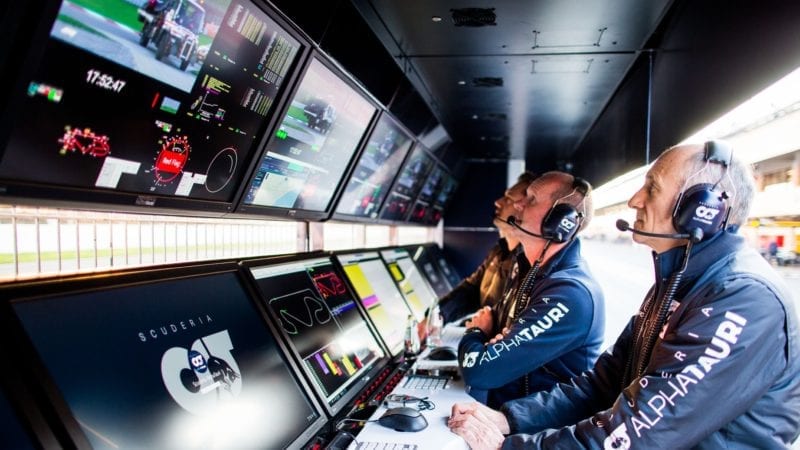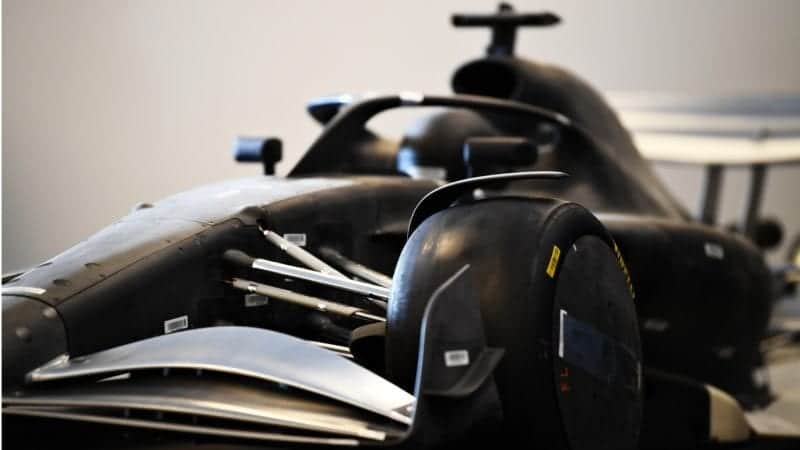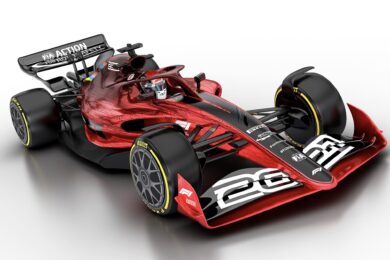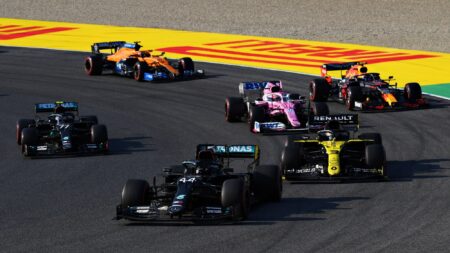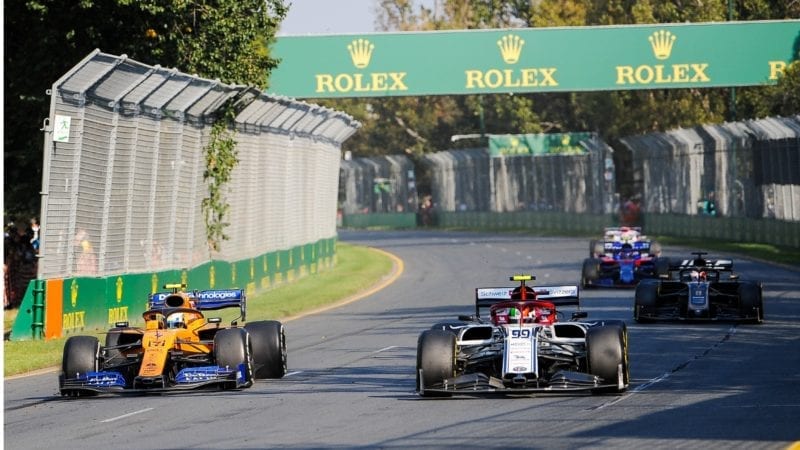“All of this helps us understand the sport in a way that I think has never been done before. Working with the FIA [motor racing’s governing body], we’re starting to understand the cars and their performance, the drivers, the circuits and then trying to design better circuits, the tyres and trying to understand how to make the tyres better for the sport, and above all, understanding what our audience really wants.”
Symonds says that F1 has developed the tools to turn the data into usable findings with its partner, Amazon Web Services (AWS) . “It’s easy to focus on core data but it’s all the peripheral stuff and those interactions, that’s where machine learning is coming in,” he says.
“When you’ve got huge amounts of data there’s a huge amount to be said for using machine learning, artificial intelligence and neural networks.
“We’ve produced what I think is the first-ever sophisticated overtaking model and taken that to a different level using a system that I’d call artificial intelligence. We have a very good model now, so when we’re looking at new tracks or modifications to tracks, we can give a quantitive and evidenced-based decision.”
Formula 1 is working with circuit designers to move away from an individual’s artistic vision in favour of an approach led by scientific method.
This involves building models and simulations that use the data, and take into account circuit topography, average weather and track surface, to create a track conducive to entertaining racing.
Had the 2020 season played out as originally scheduled, the Vietnam Grand Prix would have been the first instance of data-based design bringing about change. The Hanoi circuit underwent several changes from the original plan, including a shortening of the pit lane after simulations found that the original layout discouraged alternative strategies in a race.
“The original layout and pit entry was very very long and convoluted and therefore, a pitstop loss was very high — nearly 30 seconds,” says Symonds. “Of course, our fans tell us they like pitstops, strategy and races with more than one stop in them.
“If the pit loss is more than 28-29 seconds, you’re not going to have two-stop races because they won’t work out. We shortened the pit lane significantly, to a point where it’s actually quicker to go through the pits than on the circuit. It doesn’t guarantee a two-stop race, but it makes it far more likely to happen.”
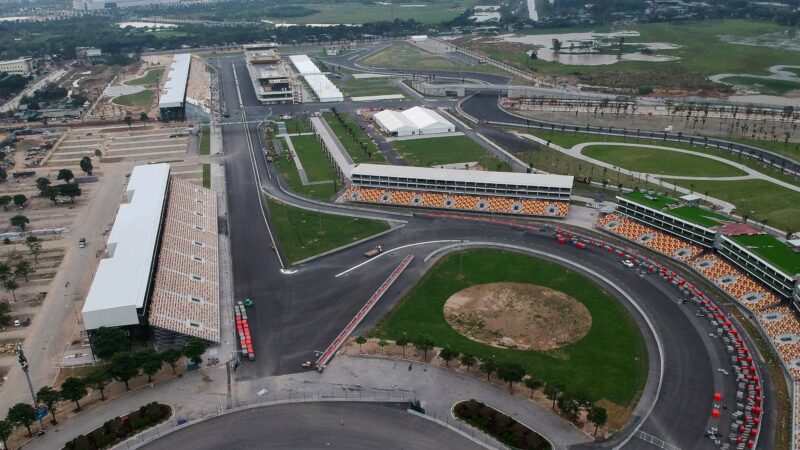
Vietnam’s Hanoi circuit changed the pit lane length to make multi-stop races more likely
Manan Vatsyayana/AFP via Getty Images
Saudi Arabia will have one of the first new circuits to use the approach. “There’s going to be a street circuit used for a few years and then a more permanent circuit is being built,” says Symonds.
“We’re working very closely with the circuit designers, Tilke, Apex, Alex Wurz’s group for the circuit in Saudi, we’ve established a very good working relationship, particularly with Tilke where they really do understand some of the things that we want that, to be honest, just never occurred to people before.
Symonds says the team has already highlighted more aggressive track surfaces as a way of improving the spectacle, with a harsher surface interacting with the top layer of the tyres in a way that would encourage tyre wear and open up strategy options.
“It’s a bit of a shame that we bookend quite an exciting F1 championship with two rather poor tracks”
Rob Smedley, the former Ferrari and Williams engineer who is now F1’s director of data systems says that F1 isn’t looking for “manufactured overtaking” at new circuits “but something that the driver has to work really hard … options that the drivers can take to effect an overtake.”
As an example, he cites this year’s race at Mugello, which many had thought would be a procession. Smedley says that engineers saw it differently.
“There was a lot of overtaking there and the reason was because of the odd-camber corner [Turn One], with more than one line around there,” says Smedley.
